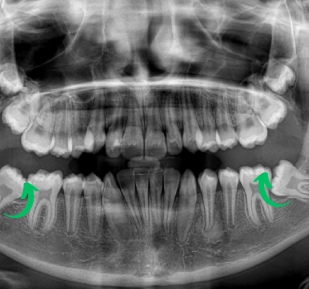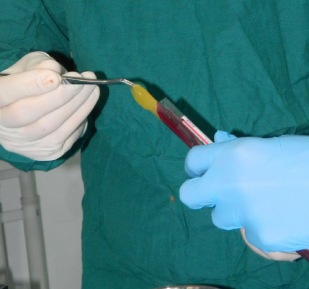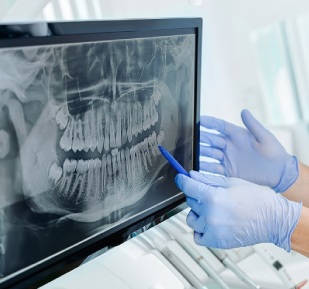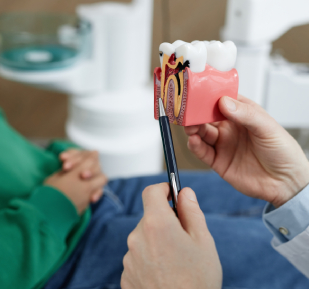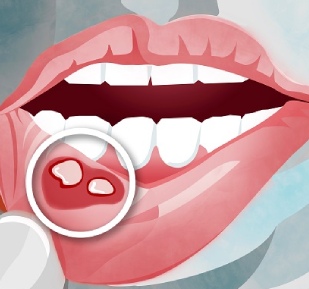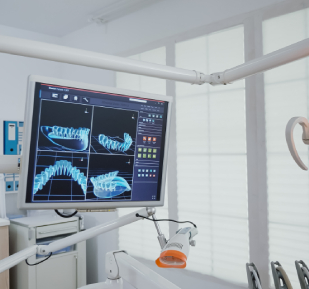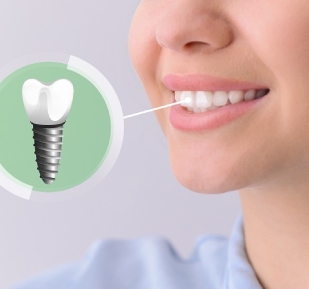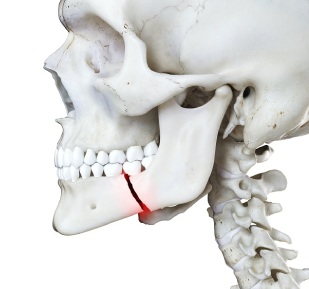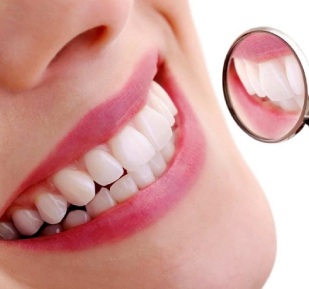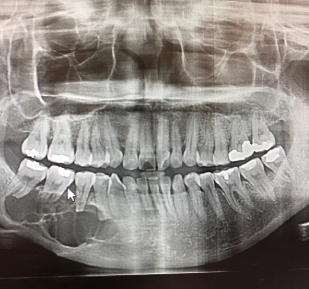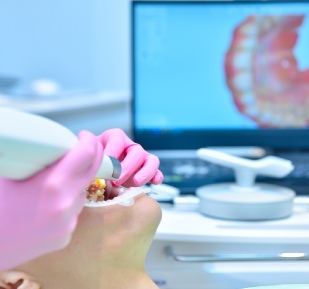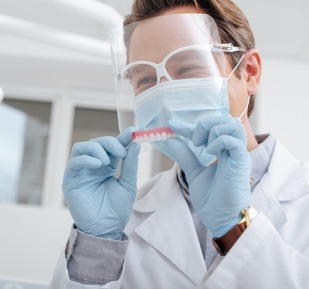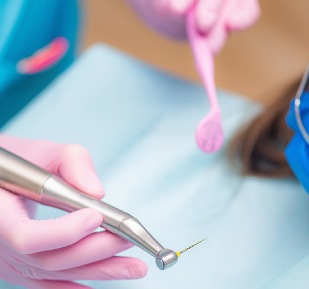How To Prevent Dental Calculus?
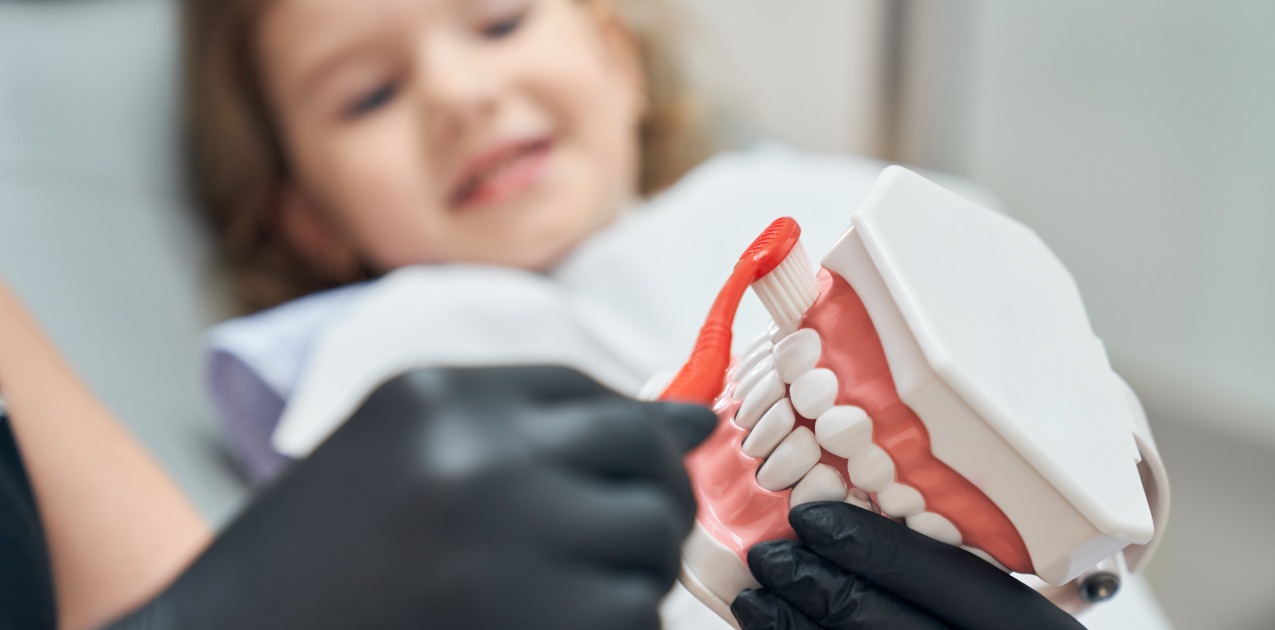
Many people, who wish to have their dental calculus removed, are wondering about the symptoms of dental calculus formation. Dental calculus occurs when bacterial plaques harden over time. It also does not come out with brushing because it has calcified. In time, it can cause inflammation, bleeding and different periodontal problems due to causing irritation in gums. Dental calculus removal is known as tartar cleaning commonly. Dental calculus removal is not a painful procedure. Sensitivity may be observed due to inflamed gums caused by the formation of severe dental calculus. To prevent this, patients rinse their mouth with spray anesthetics during the procedure.
Dental calculus formed on the surface of the tooth is usually noticeable when it turns into a more bronze color or yellow than tooth color. If bleeding occurs during brushing, you must consult a periodontologist. If not removed for a prolonged period, dental calculus can lead to carries by growing more and more. Dental calculus does not cause pain. Therefore, patients do not usually consult a dentist. Dental calculus removal should be done regularly once in every 6 months to prevent various dental and periodontal problems in the future. With dental calculus cleaning, periodontal diseases and tooth loss due to periodontal diseases can be prevented in the future.
To minimize the accumulation and formation of bacterial plaque on the teeth, regular, effective and personal oral and dental care is of paramount importance. Dental calculus occurs due to inaccurate or wrong tooth brushing and oral care. Teeth should be brushed with a technique that is suitable for the structure of an individual's own mouth, teeth and gum covering all the inner-outer surfaces of the teeth, and oral care should be supported with the use of an appropriate brush, floss, mouth rinse, mouthwash and tongue brush.







